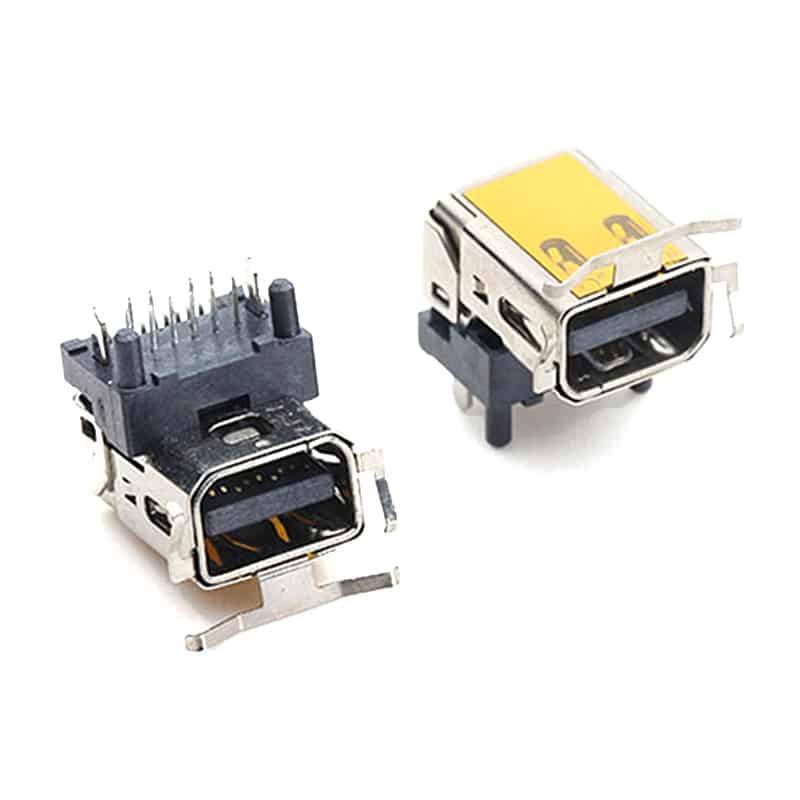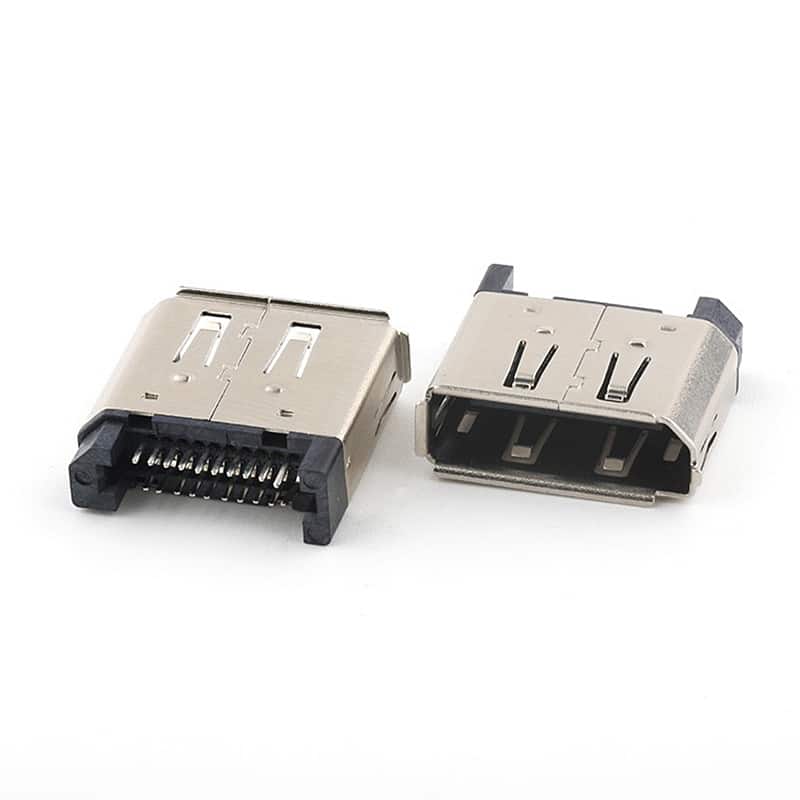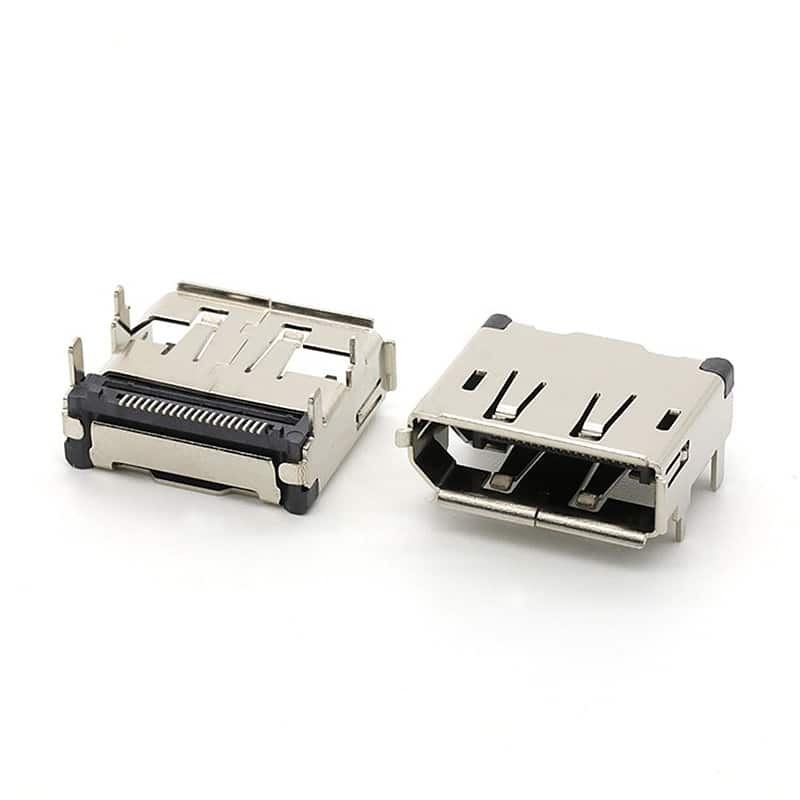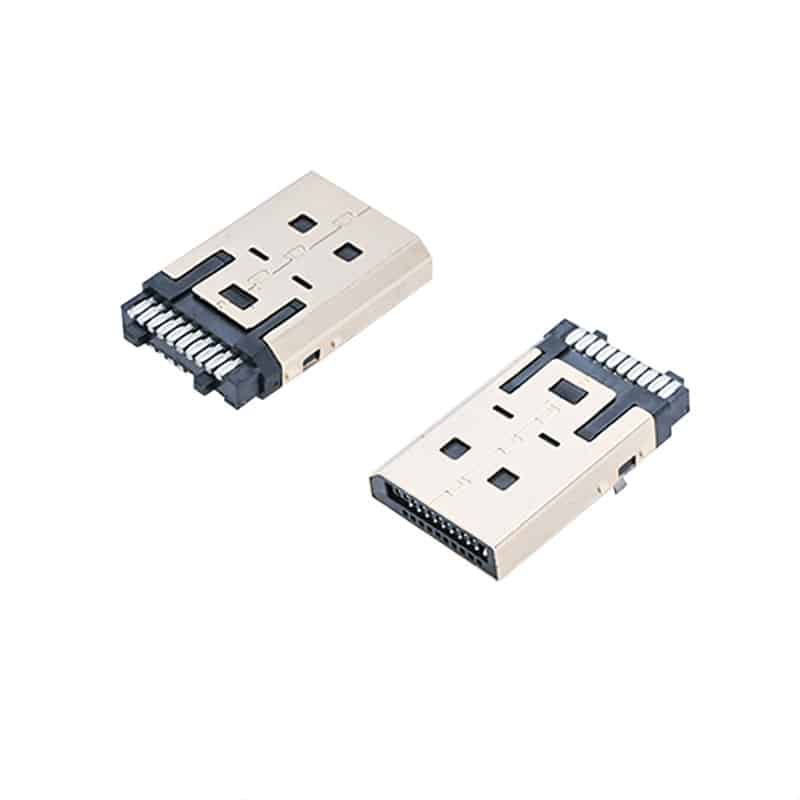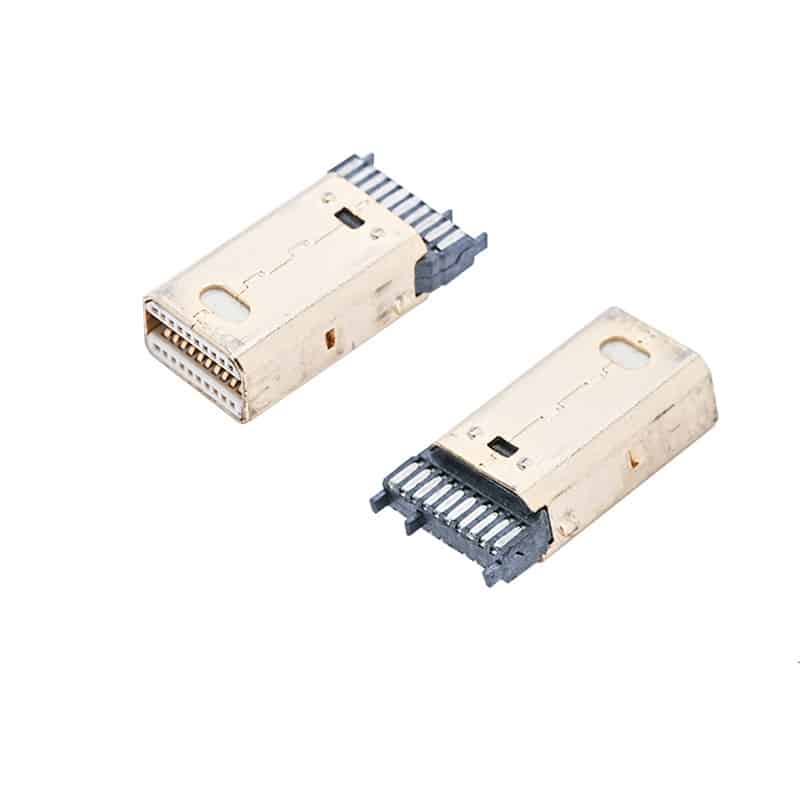The DP interface, or DisplayPort interface, is a digital video interface standard developed by the PC and Chip Manufacturers Alliance and standardized by the Video Electronics Standards Association (VESA) in 2006. This DisplayPort interface is designed to meet the growing demand for high-resolution, high-bandwidth video transmission, gradually replacing traditional VGA, DVI and HDMI interfaces. The following is a detailed introduction to the DisplayPort interface:
Exploring the Features of the DisplayPort Interface
The DisplayPort interface is becoming increasingly popular due to its versatility and efficiency in digital display technology.
Furthermore, the DisplayPort interface supports advanced features like adaptive sync technology, enhancing the user experience for gamers and professionals alike.
The DisplayPort interface also allows daisy chaining of multiple monitors, which is a significant advantage for multi-monitor setups.
In addition, the DisplayPort interface’s ability to carry USB data streamlines connections for users.
Users often prefer the DisplayPort interface for its robust physical design and reliability in data transmission.
Moreover, the DisplayPort interface employs a unique pin configuration that enhances its performance across various applications.
The versatility of the DisplayPort interface makes it an ideal choice for diverse applications, from gaming to professional design.
As the market evolves, the DisplayPort interface will play a crucial role in shaping the future of digital connectivity.
1. Technical background and characteristics
1> Origin and development
The DP interface was originally proposed by Intel and has been supported by Apple, Dell, HP and other companies. Since its launch in 2006, the DP interface has developed into multiple versions, including DP1.0, DP1.1, DP1.2, DP1.3, DP1.4 and the latest DP2.0. Each version offers improvements in bandwidth, functionality, and compatibility.
2> High speed data transfer
The DP interface supports high data transfer rates, enabling it to transmit high-resolution and high-refresh rate video signals. For example, the DP1.4 version can support up to 8K level (7680×4320) 60Hz output, while the bandwidth of DP2.0 is as high as 80Gbps and supports 16K resolution display.
3> Versatility
In addition to video signals, the DP interface also supports the transmission of audio signals, allowing users to connect video and audio simultaneously through one interface. In addition, the DP interface also has data transmission capabilities and can carry USB and other forms of data, providing users with a richer functional experience.
4> Backward compatibility
The DP interface is designed with backward compatibility in mind and is compatible with interfaces such as DVI and HDMI. Users can convert the DP interface to other interface standards through adapters to facilitate connection to different types of display devices.
5> Energy saving and environmental protection
The DP interface supports energy-saving mode, which can reduce power consumption when not in use, complying with the energy-saving and environmentally friendly requirements of modern electronic equipment.
2. Physical specifications and interface types
1> Physical connector
The physical connectors of the DP interface come in a variety of sizes, including standard DP, Mini DisplayPort (Mini DP), and Micro DisplayPort (Micro DP). The standard DP interface is used in desktop computers and laptops and is larger in size; Mini DP and Micro DP are smaller in size and are used in laptops and mobile devices respectively.
2> Pins and signal transmission
The pin design of the DP interface is highly scalable and can support a variety of signal transmissions. For example, the DP interface can transmit a variety of signals such as video, audio, and USB data, and supports multi-stream transmission technology, that is, a DP interface can connect to multiple displays at the same time.
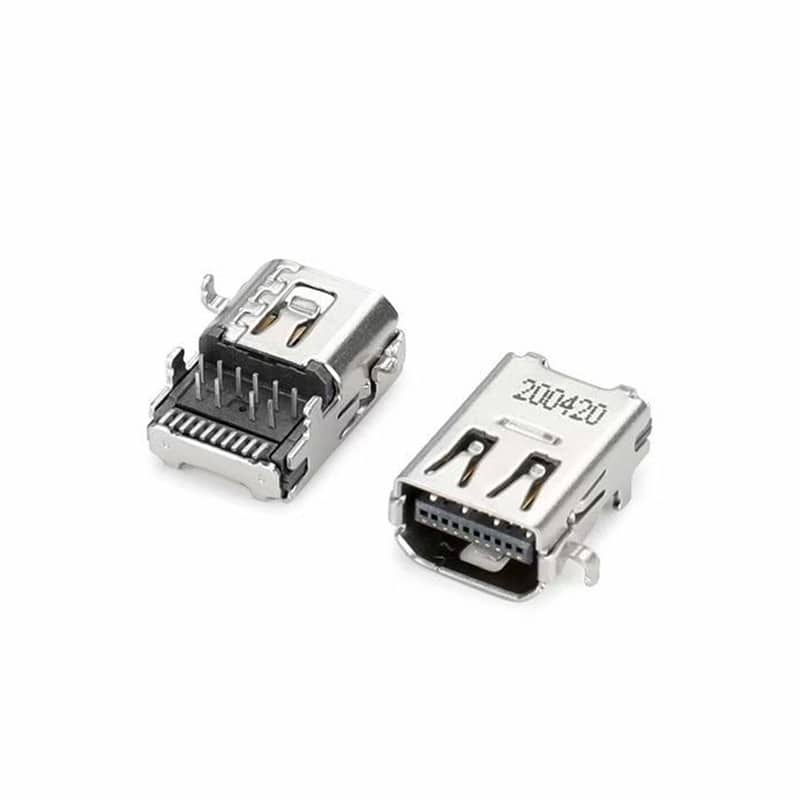
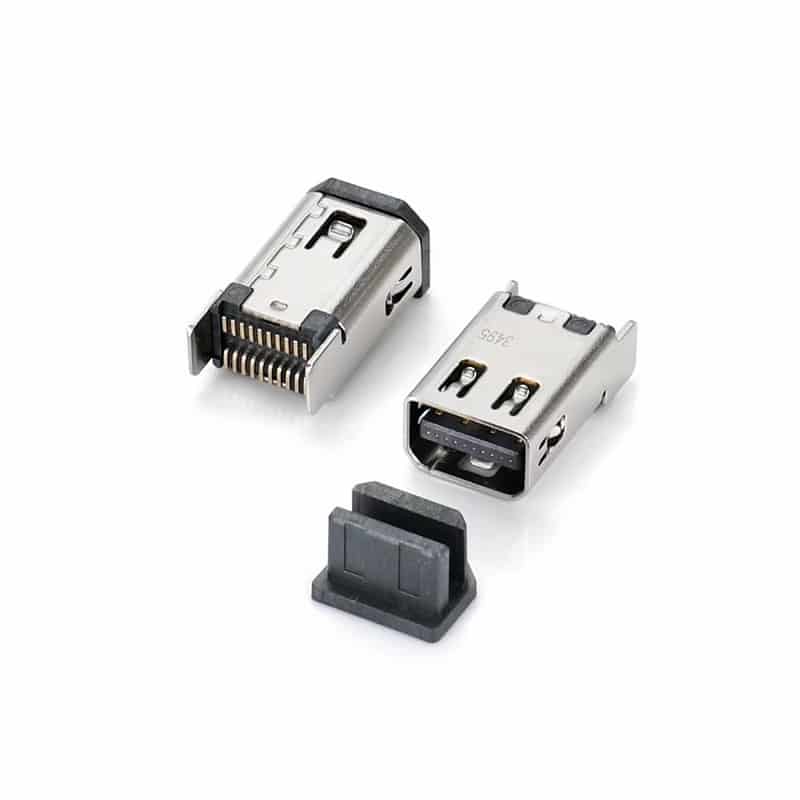
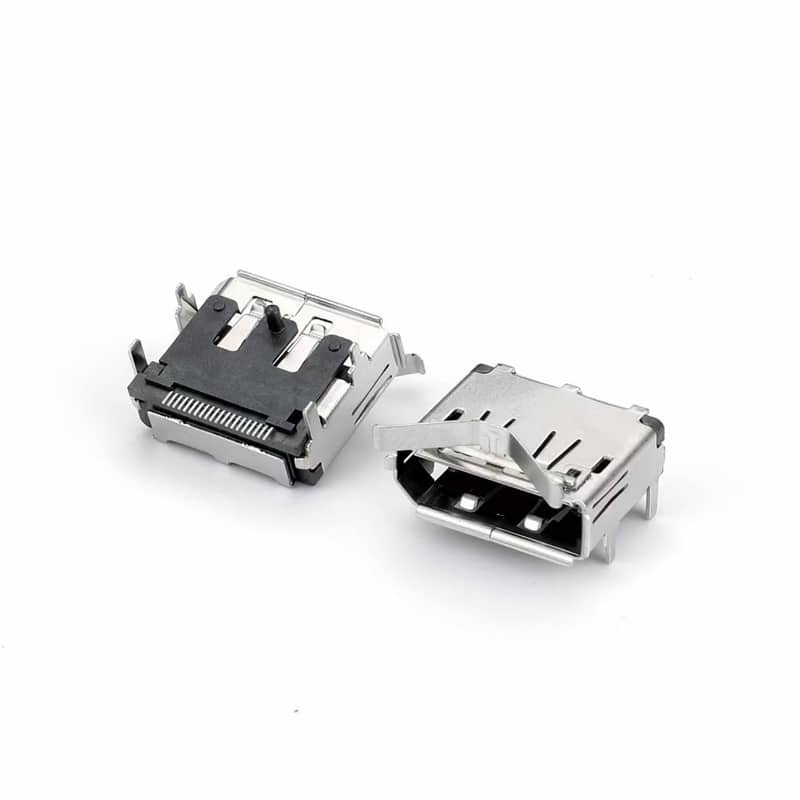
3. Application fields and advantages
1> computer monitor
DP interface is widely used in computer monitors to provide high-quality video output. Many high-end monitors are equipped with DP interfaces to support high-resolution and high-refresh rate displays.
2> laptop
Many laptops are also equipped with DP interfaces or Mini DP interfaces to facilitate users to connect external monitors or projectors and other devices.
3> Game consoles and professional monitors
New generation game consoles, such as PlayStation 5 and Xbox Series X, have also begun to use DP interface or DP interface-compatible technology to provide high-definition gaming experience. Professional graphics workstations and monitors also generally use DP interfaces to ensure image quality.
4> Home theater and audio equipment
The DP interface is also used in home theater systems to connect high-definition projectors and audio equipment. Through the DP interface, users can enjoy high-quality audio and video experience.
4. Market Competition and Future Development
1> market competition
In the field of digital display interfaces, there is a certain degree of competition between the DP interface and the HDMI interface. However, due to the advantages of DP interface in terms of bandwidth, resolution and compatibility, it gradually dominates the professional field and high-performance requirements.
2> future development
With the rapid development of display technology, user demand for high-resolution and high-refresh rate displays continues to increase. The DP interface will continue to evolve to support higher resolutions, refresh rates and color depths. Future DP interfaces may support higher bandwidth to accommodate the needs of emerging technologies such as virtual reality (VR) and augmented reality (AR).
The DP interface is standardized by VESA, supports high-resolution, high-bandwidth video transmission, has both audio and data transmission functions, and is backward compatible. It is widely used in computers, notebooks, game consoles and other fields, and will continue to evolve to support higher technical requirements in the future.

